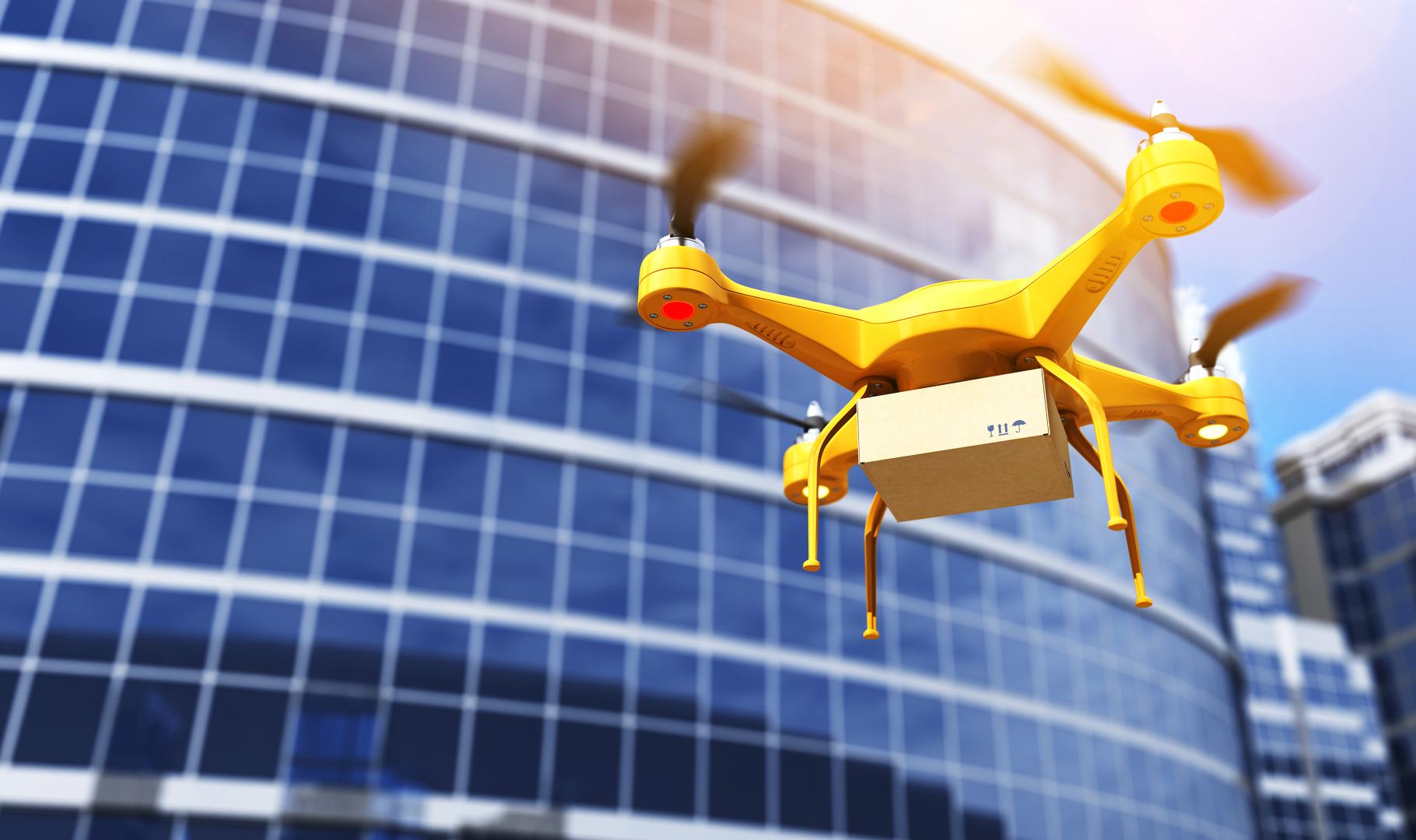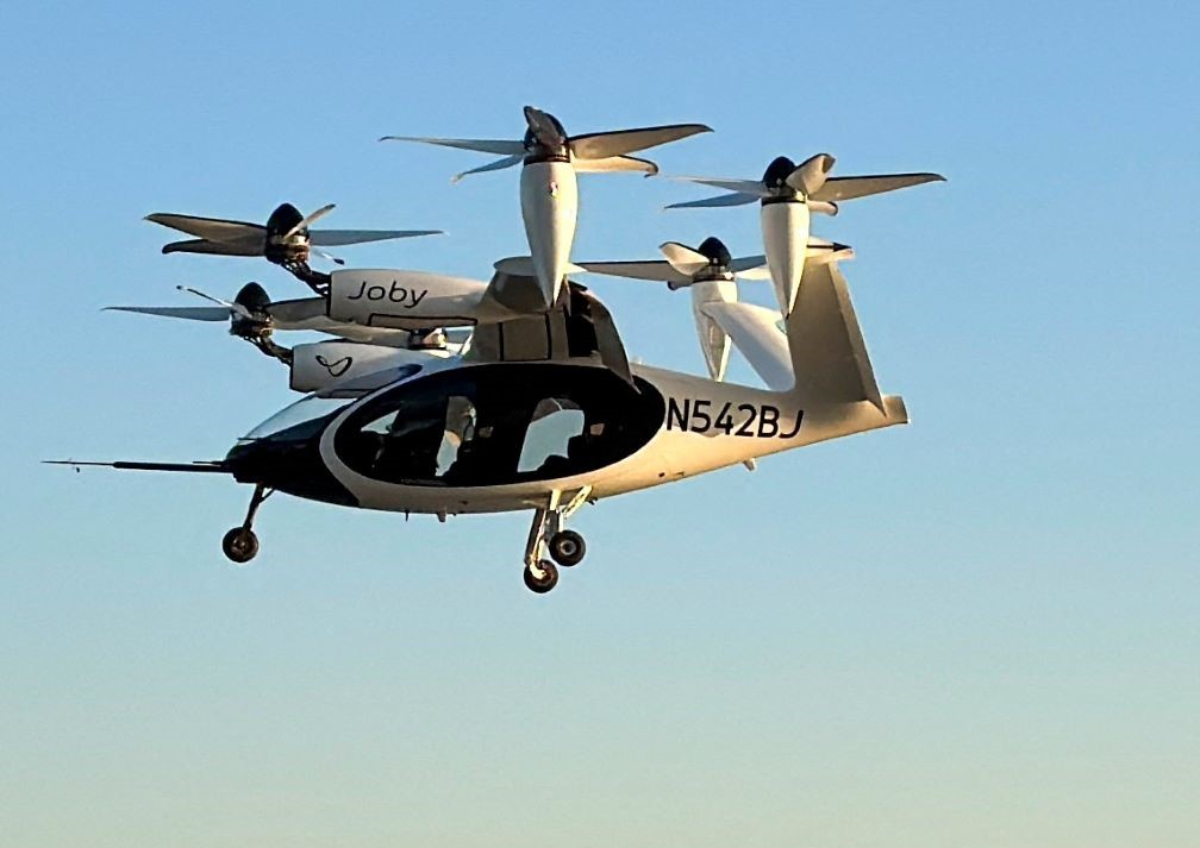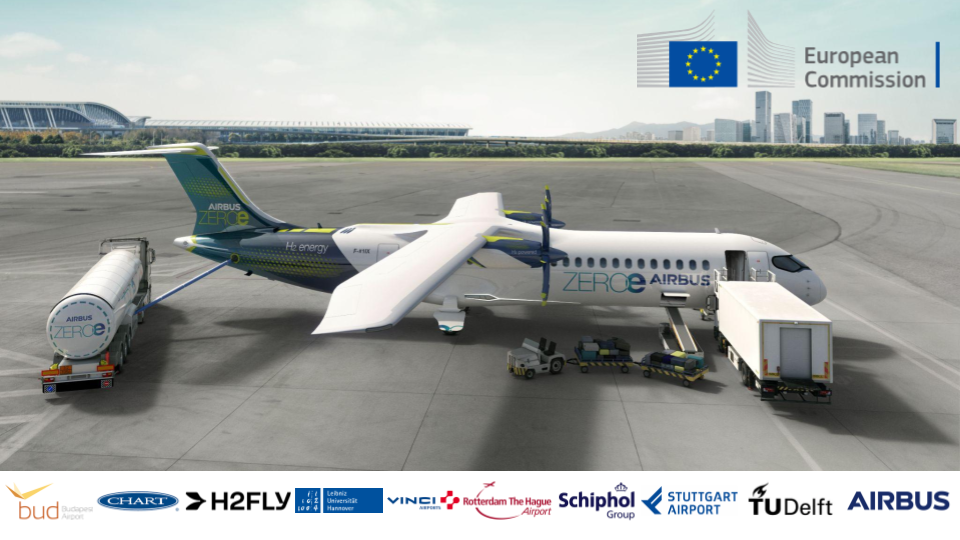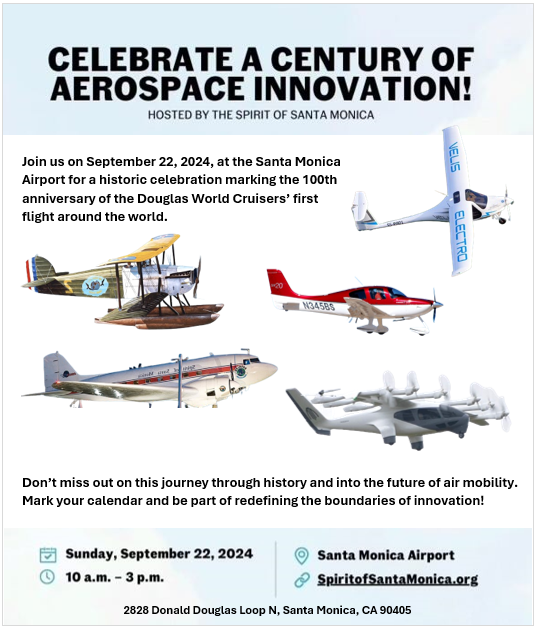
Drone and air taxi operations are scaling up across the globe. A MITRE-developed predictive capability will help safeguard these vehicles from a key hazard—the effects of microscale turbulence and other wind conditions.
Imagine hopping on an electric air taxi to travel across town or having your pharmacy purchase delivered by drone. Plans for that future are well underway. But to enable it, factors affecting the safety of these and other advanced air mobility (AAM) operations must be understood.
Key among them is the effect of extremely localized—or microscale—weather. In other words, what low-lying weather conditions could be dangerous for AAM vehicles as they take off and land near or within urban areas? Could a strong gust of wind push a vehicle into the side of a building? Could a small eddy force an air taxi to the ground?
MITRE research is shedding light on this critical issue.
ILLUMINATING MICROWEATHER’S COMPLEXITIES
In traditional aviation, turbulence and wind shear—or the sudden variation of wind velocity or direction—are often contributing causes of accidents.
“The same dangers lurk in the AAM arena, but they can be harder to predict and assess than at higher altitudes, where traditional aircraft fly,” says Mike Robinson, who leads MITRE’s portfolio of microweather research for the Federal Aviation Administration (FAA)…
Imagine hopping on an electric air taxi to travel across town or having your pharmacy purchase delivered by drone. Plans for that future are well underway. But to enable it, factors affecting the safety of these and other advanced air mobility (AAM) operations must be understood.
Key among them is the effect of extremely localized—or microscale—weather. In other words, what low-lying weather conditions could be dangerous for AAM vehicles as they take off and land near or within urban areas? Could a strong gust of wind push a vehicle into the side of a building? Could a small eddy force an air taxi to the ground?
MITRE research is shedding light on this critical issue.
ILLUMINATING MICROWEATHER’S COMPLEXITIES
In traditional aviation, turbulence and wind shear—or the sudden variation of wind velocity or direction—are often contributing causes of accidents.
“The same dangers lurk in the AAM arena, but they can be harder to predict and assess than at higher altitudes, where traditional aircraft fly,” says Mike Robinson, who leads MITRE’s portfolio of microweather research for the Federal Aviation Administration (FAA)…












